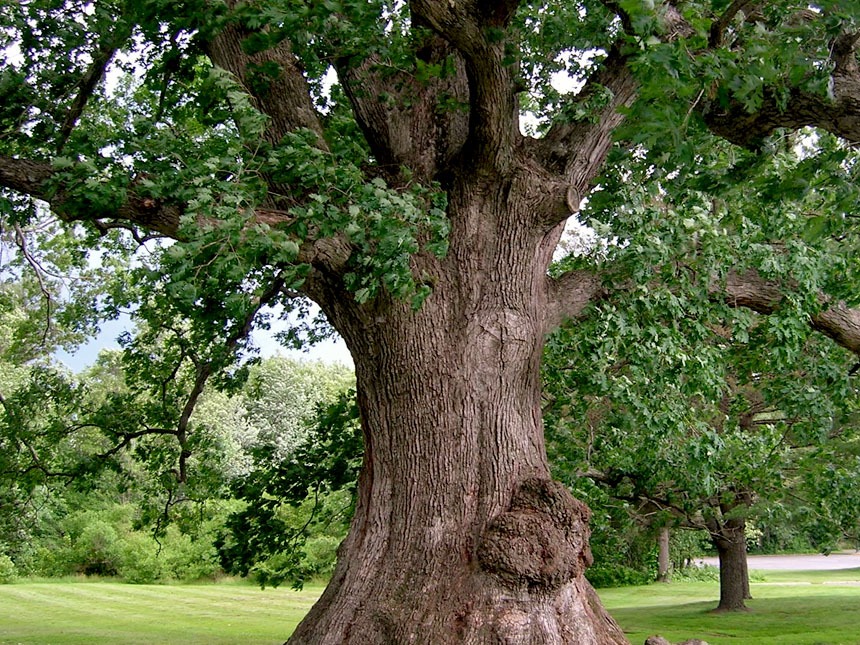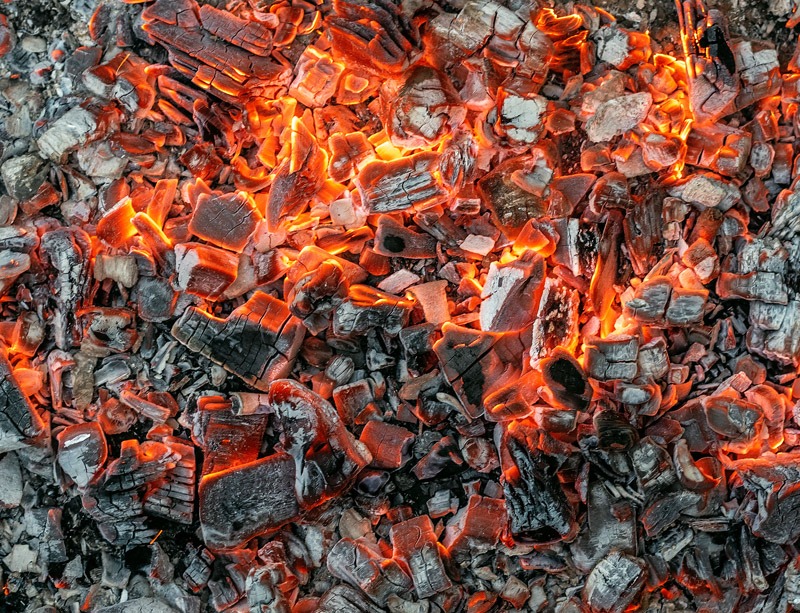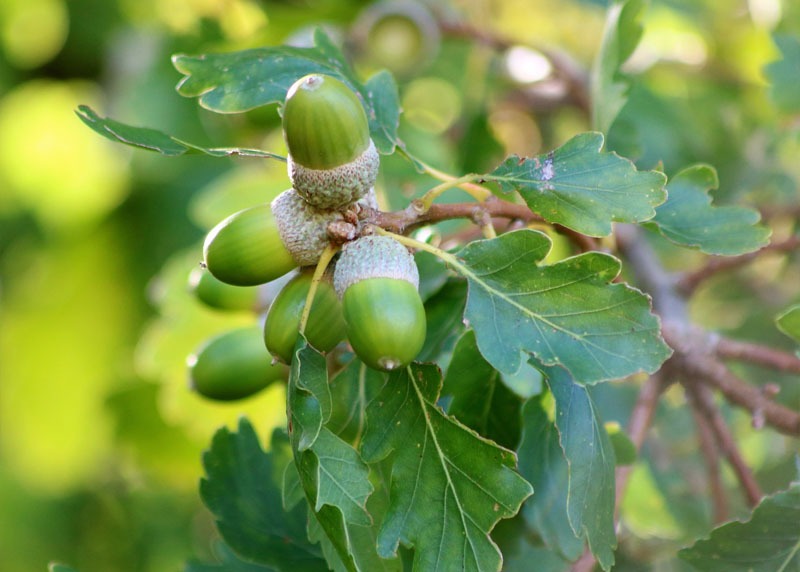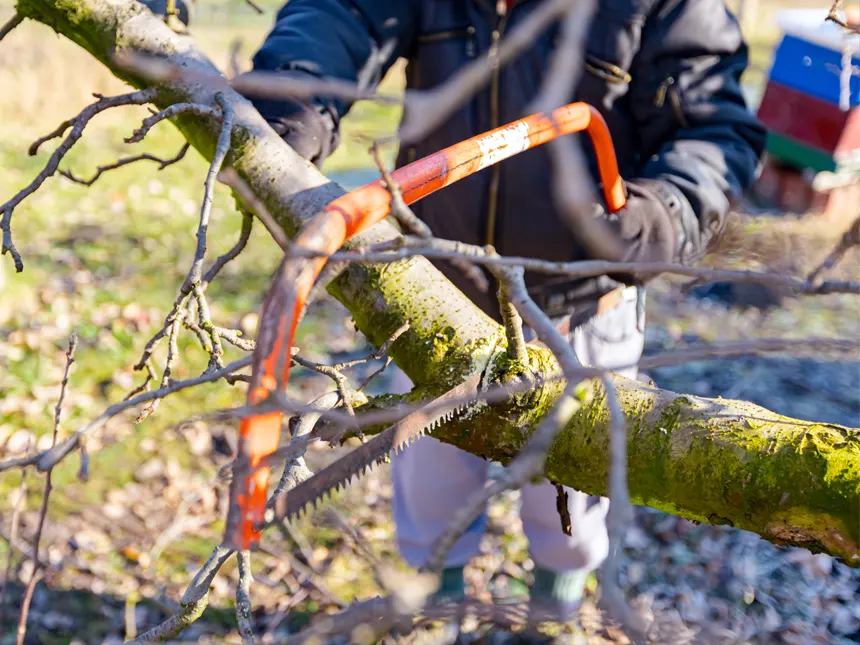Oak Firewood Guide

Timber Gadgets is reader-supported. We may earn a commission if you buy through the links on our site.
Oak is great firewood! It is abundantly available in the United States and native to the northern hemisphere. In addition to this, it produces minimal sparks and smoke, and has excellent coals!
It is a hardwood that burns slow and provides an excellent heat source. Oak contains about 600 varieties. Red and white oak are commonly used for firewood.
The lifespan of many Oak species is over 200 years and they can grow up 200 ft tall. Their fruit is called acorns. The oak tree starts producing its fruit after 20 years and the mature tree bears thousands of them.
Oak wood is strong and light in color. It is a very popular choice in the United States.
Table of Contents
Is Oak good firewood?
The use of any firewood depends upon its burning properties and ease of availability. Oak is abundantly available so you can always have it in your stock. Oak burns nice for a longer time. It produces low smoke when properly seasoned and produces few sparks.
Unseasoned firewood produces less heat and gives off high smoke. Its high moisture content also causes higher popping and crackling. It also leads to higher creosote buildup in your chimney.
Seasoning oak for two years is recommended to achieve ideal seasoned firewood. It smells great. Sometimes, the smell is described as sweet. These properties make it excellent firewood for indoor uses. It is not hard to ignite but softwood like cedar or pine can be used as a starter for kindling purposes.
Burn Qualities of Oak Firewood
- BTU: 24.6 to 29.1 million BTUs per cord
- Weight: 3528 to 4200 lb. (dry cord)
- Resin / Sap Content: low
- Seasoning Time: 1 year
- Smoke: low
- Splitting Difficulty: Easy to moderate
- Smell: pleasant
Heat Output
White Oak produces 24.6 to 29.1 million BTUs per cord. BTU or British thermal unit is used to measure heat output. 1 BTU is the amount of energy produced which may increase the temperature of one pound of water by one degree.
It is a dense hardwood and packs a high mass per unit volume. It burns long, giving off high heat.
Oak produces high heat but it is still below hickory. White Oak has a higher BTU rating than red oak but it is comparatively difficult to split.
Smoke
All types of Oak produce low smoke when properly seasoned. It should be seasoned for at least one year, preferably two. Keep in mind that unseasoned firewood will give off more smoke than seasoned wood.
Creosote
Creosote is a tar-like material that gets deposited inside the walls of your chimney, layer by later. It is a flammable and capable of catching fire. In fact, creosote is one of the main causes of chimney fires. Cleaning your chimney every year is recommended.
All types of oak produce a minimum quantity of creosote. Usually, the amount of creosote is linked with the amount of smoke, which is low in oak firewood.
Sparks
Oak produces very low sparks! Firewoods producing high sparks carry a risk of spreading fire, especially when burnt in the open.
Smell
Many firewoods are preferred for their aroma. When freshly cut, it gives off a characteristic smell. Some firewoods smell great while others may stink or not smell at all.
Oak has a pleasant, sweet smell. Well, most of it. Fresh-cut red oak may have a displeasing aroma at first. While burning, however, it produces a good smell! Some describe it to be somewhat like vinegar. Similar to hickory but less intense.
Coals

Coal quality plays a great role in the firewood experience. It is always preferable to burn firewood which stays longer and produces long-lasting coal. Usually, softwood produces low-quality coal which burns out in a short time. Hardwood produces high-quality coal which gives a longer burning time and keeps your night warm.
They also make it easier to restart the fire. Oak is also hardwood which burns long and its coal stays hot for a long time. This adds to the experience and makes oak a great choice for burning.
Sap
Oak has very low sap content. Firewood high in sap content tends to produce more sparks and pops.
Splitting
Oak is easy or moderate to split. Red oak is relatively easier to split because it has a straighter grain but white oak can be messy. If the tree you find has many knots in it, then it is going to create a problem in splitting.
Related: The Best Axes for Splitting Wood
It is advised to split while green and let it season. Use the base of the tree as the stump to cut the firewood. Otherwise, the force will be absorbed in the ground and it will take more energy to split.
Comparing Oak to Other Firewood
All around, Oak is a great wood to burn in your fireplace. It gives off minimal smoke and sparks, smells good, and has long-burning coals. Moreover, it’s abundantly available through much of the United States! See how it compares to other firewood in the table below.
| Wood | Weight | Heat per Cord (Million BTUs) |
|---|---|---|
| Osage-orange | 4728 | 32.9 |
| Oak, White | 4200 | 29.1 |
| Pecan | 4500 | 28.5 |
| Oak, Red | 3528 | 24.6 |
| Walnut, Black | 3192 | 22.2 |
| Sweetgum | 2592 | 21.3 |
| Elm, American | 2872 | 20.0 |
| Pine, White | 2250 | 15.9 |
| Redcedar, Eastern | 2060 | 13.0 |
How Long to Season Oak Firewood?
Oak takes a long time to lose moisture. Even if the bark is removed, it stays wet for a long time. So, after cutting, split it into the pieces. It speeds up the drying process. The split firewood should be placed in stacks, away from buildings or hedges with plenty of sunshine and airflow. Oak takes at least one full year to season, preferably two.
Seasoning is an important process required in getting your firewood to burn at the maximum heat. It also produces low smoke and creosote. It is important to keep the firewood stack covered to save it from moisture and rains.
Also, visit this article to find general tips and FAQs about seasoning practice.
Identifying Oak Trees
You can identify oak from its wood. Oak has rings like other trees. These are annual rings that tell us the age. In addition to these circular rings, oak firewood has straight lines, perpendicular to these circles from center to outward. These lines are called rays. Sycamore also has these lines but they are different in being short and close to each other.
Appearance
Oak has around 450 species, of which 58 species are found throughout the United States. Most of the species are deciduous, however, a few are evergreens. It produces acorns which are its identification feature. Many animals feed on it. Oak trees can reach up to 75 in height and 9 feet in diameter and they can live for over 200 years.
Leaves

Oak has lobbed leaves. Commonly they have five lobes. These lobes are rounded at the tips but some species have leaves with pointy tips. Leaves are shiny and dark green species. Finally, the leaves are arranged alternately on the branch.
Bark
Young stems have smooth bark but it develops ridges and fissures. Its color varies from whitish gray to dark brown, approaching to black.
Types of Oak
Listed below are some of the more well known types of Oak trees.
Northern red oak (Quercus rubra)
Also known as “Champion Oak”, the Northern Red Oak is found throughout the Eastern United States and Canada. Its leaves have serrated, pointy edges on 7 to 11 lobes and the bark is dark brown to reddish-gray with shiny stripes.
While still a hardwood, Champion Oaks are less dense than White Oaks. It is also easier to split and produces less heat. It attains a height of about 92 feet, sometimes more. Its heat output is 24.6 million BTUs.
Eastern White Oak (Quercus alba)
This white oak grows from about 100 feet tall. It is a big tree with a large canopy. Its leaves are 5 – 9 inches long and 2 – 4 inches wide. Leaves have 7 to 9 rounded lobes. It can be identified by its grayish-white bark, with overlapping scales and narrow fissures. It is harder and more dense than red oak and also carries superior firewood properties! Eastern White Oak is rated at 29.1 million BTUs.
Pin oak (Quercus palustris)
Small, dead branches stick out of the main stem, which resembles pins. That’s where it gets its name ‘Pin Oak’. It has lobed, shiny, and green leaves with pointed edges. Leaves are 3 to 5 inches long and 2 to 5 inches wide with 5 to 9 lobes.
It has smooth red-gray bark turning grayish with maturity. Pin Oaks grow to about 72 feet in height and have a life of 90 to 120 years. It is typically found in the Eastern United States and Southern Canada.






